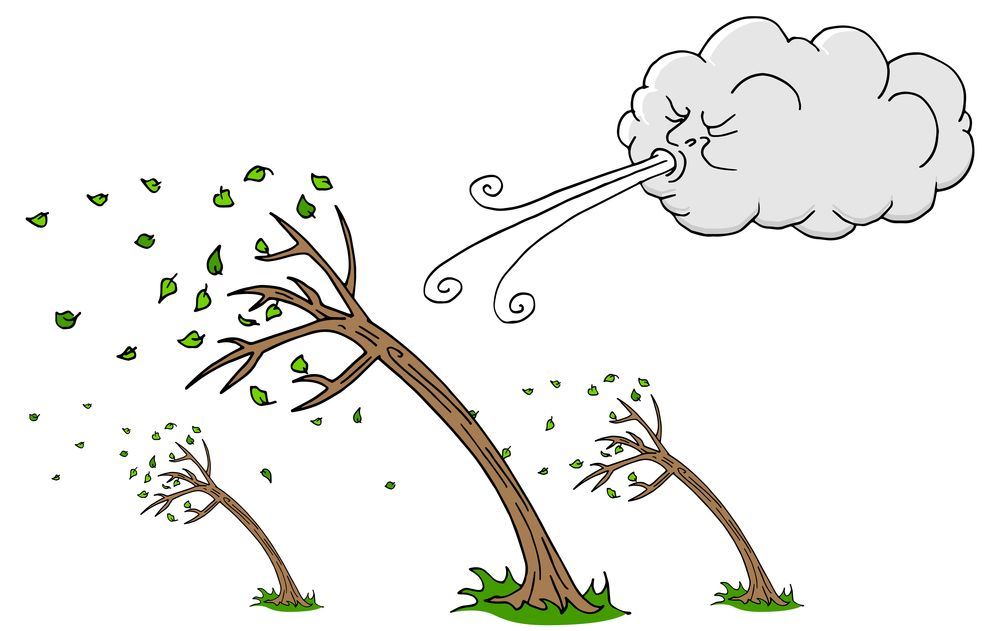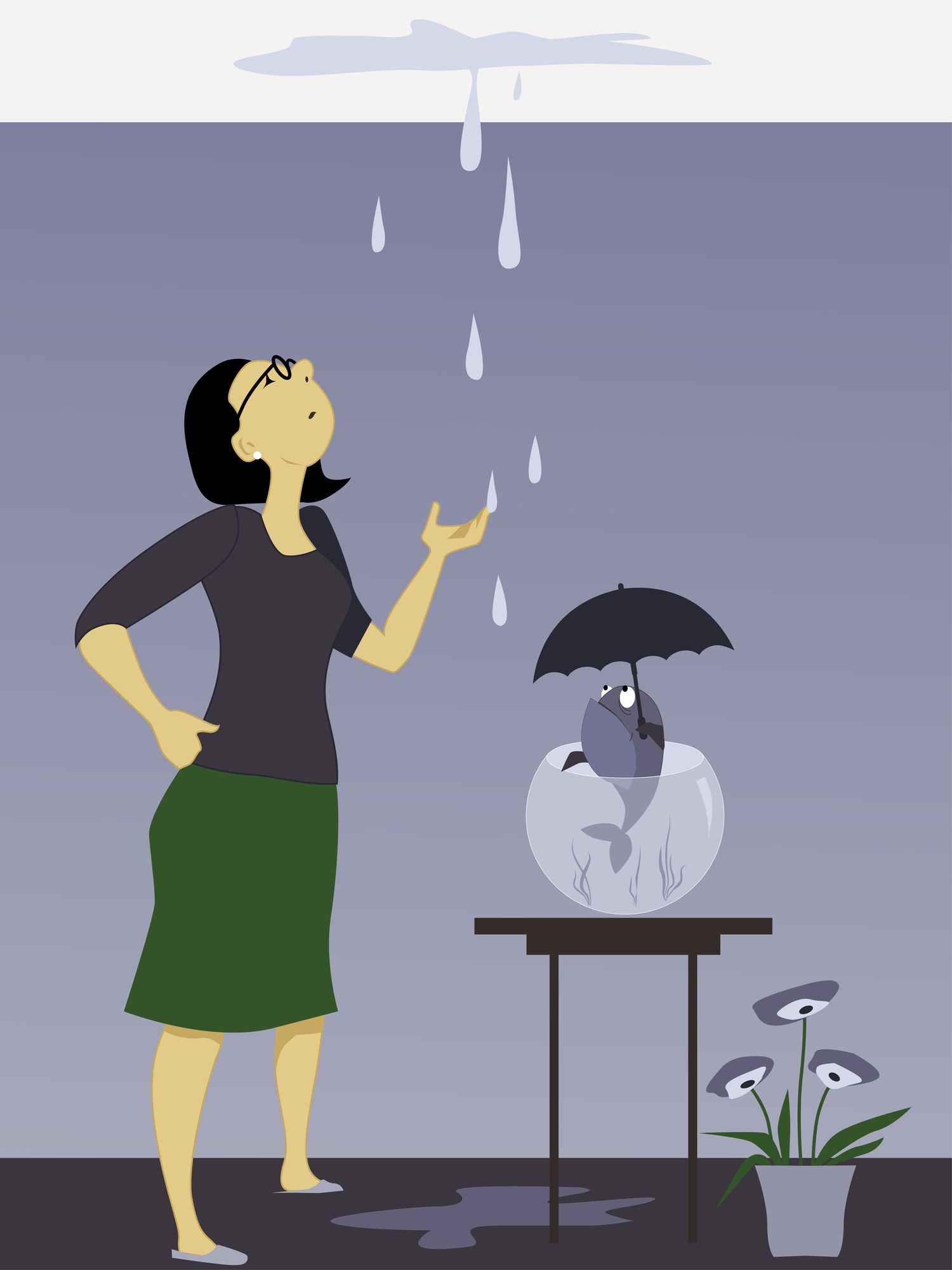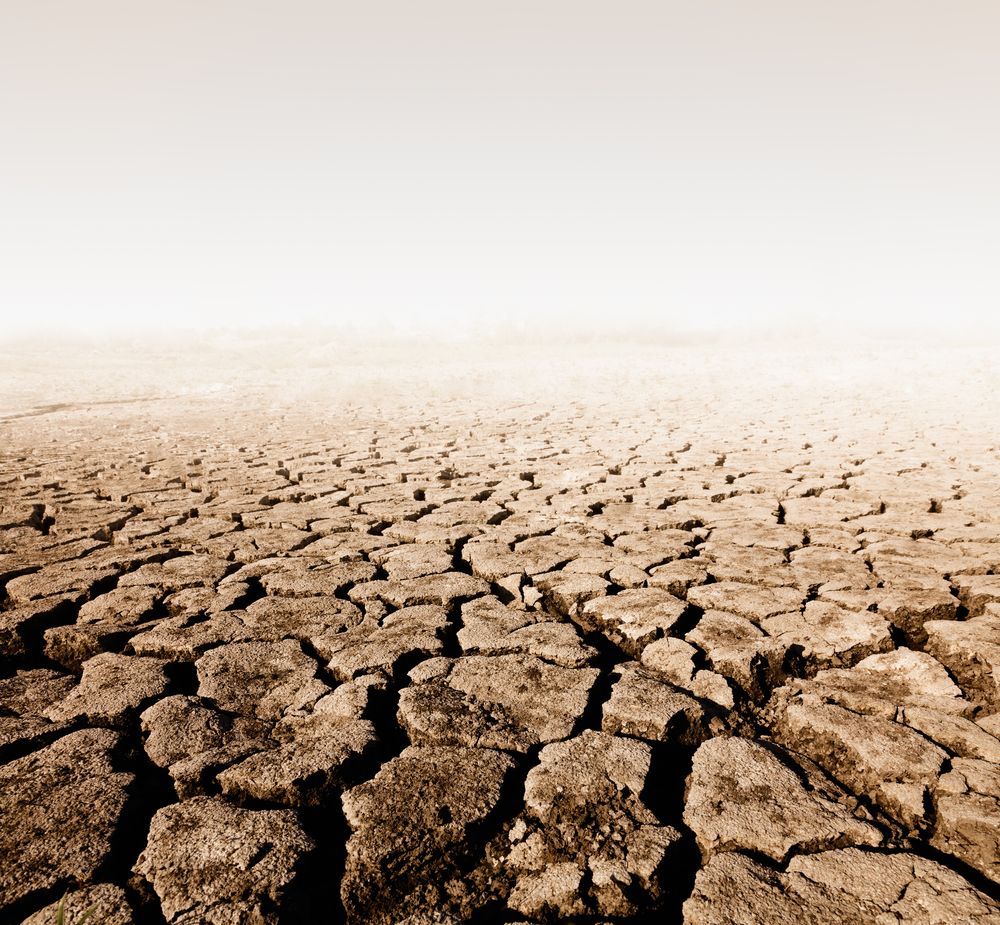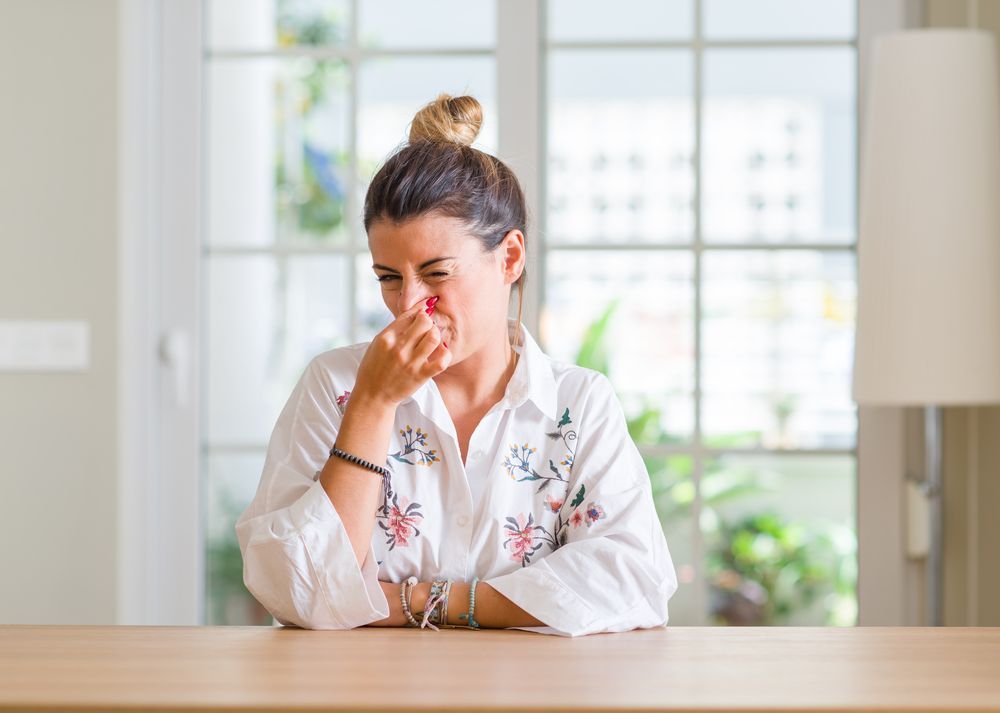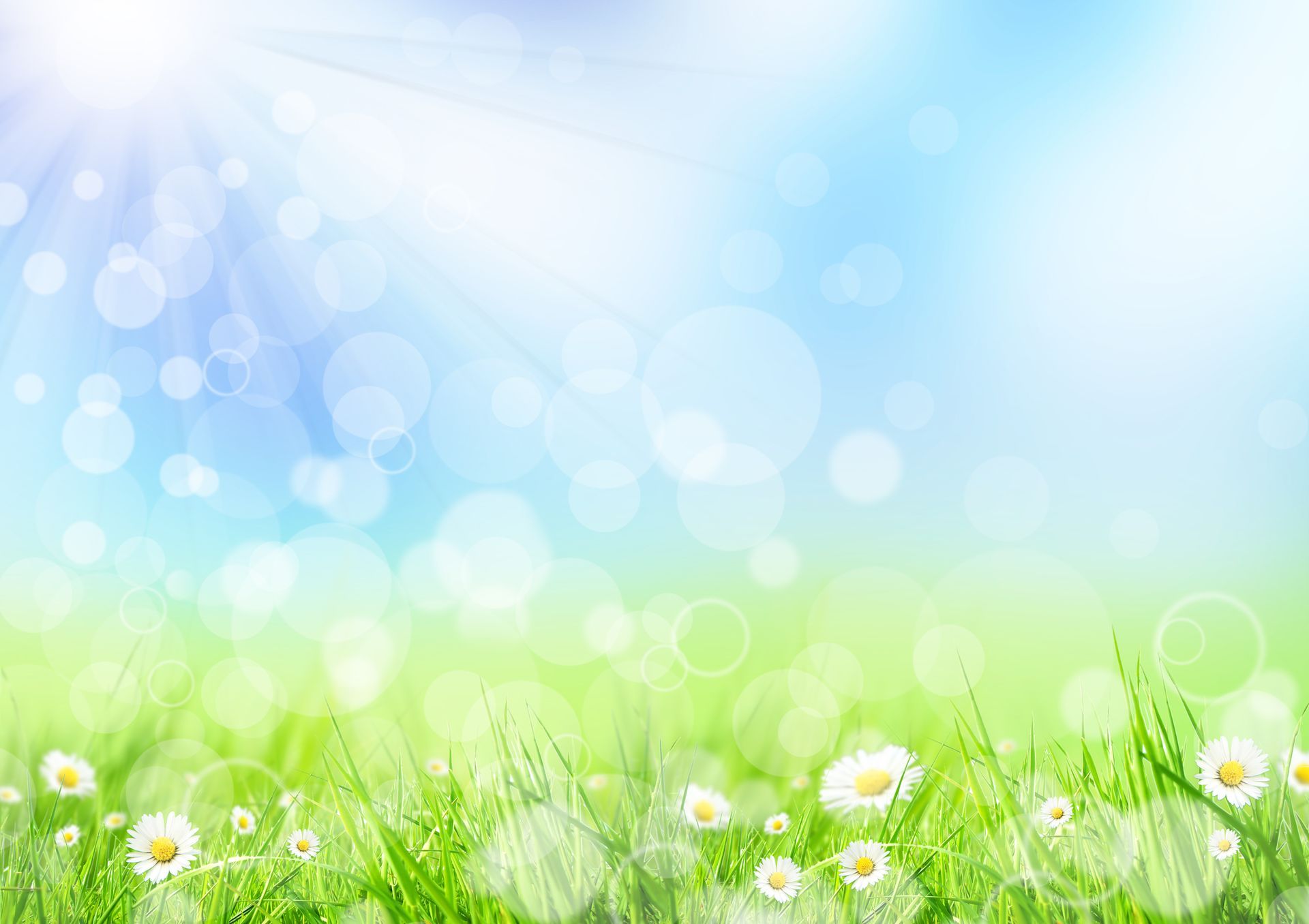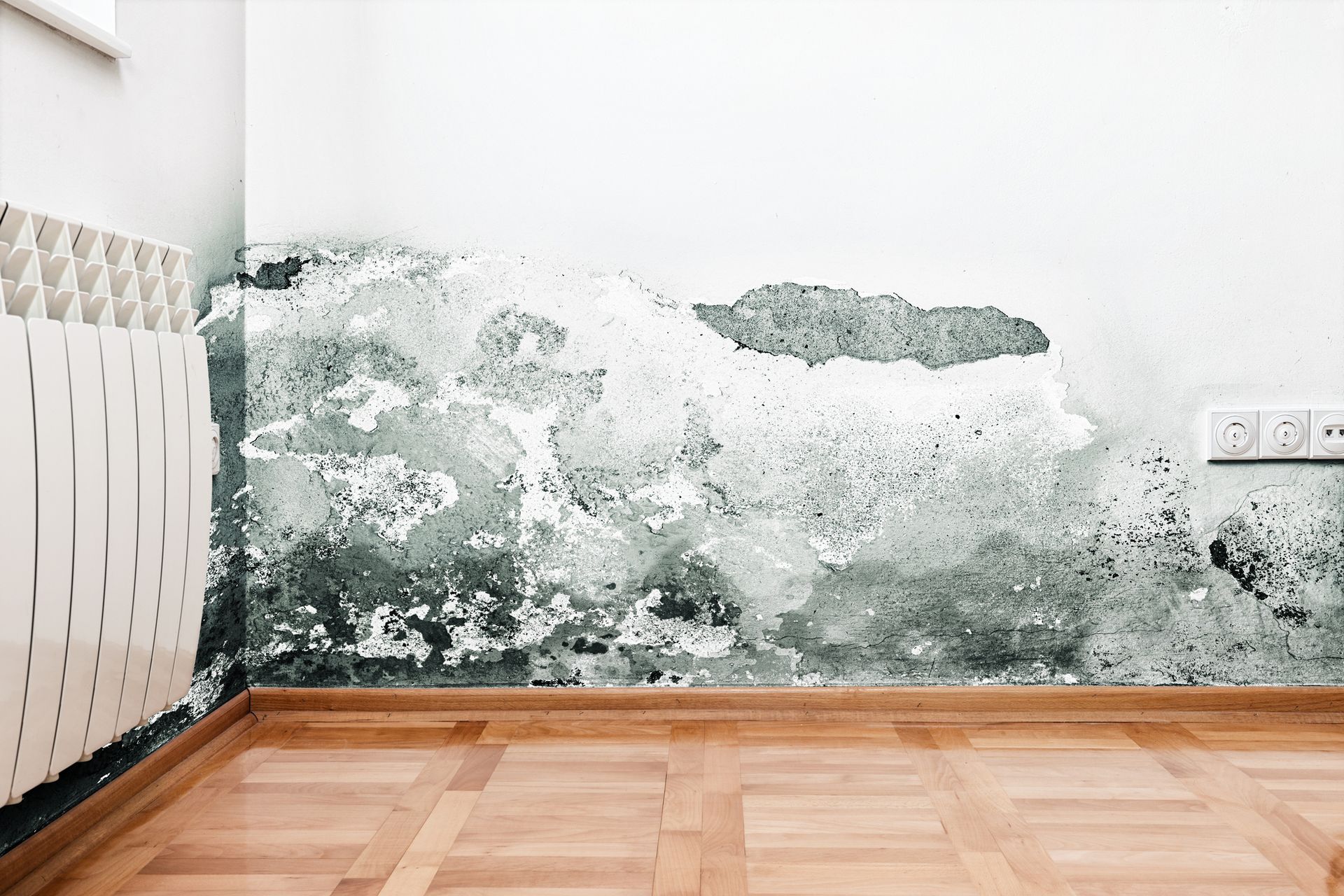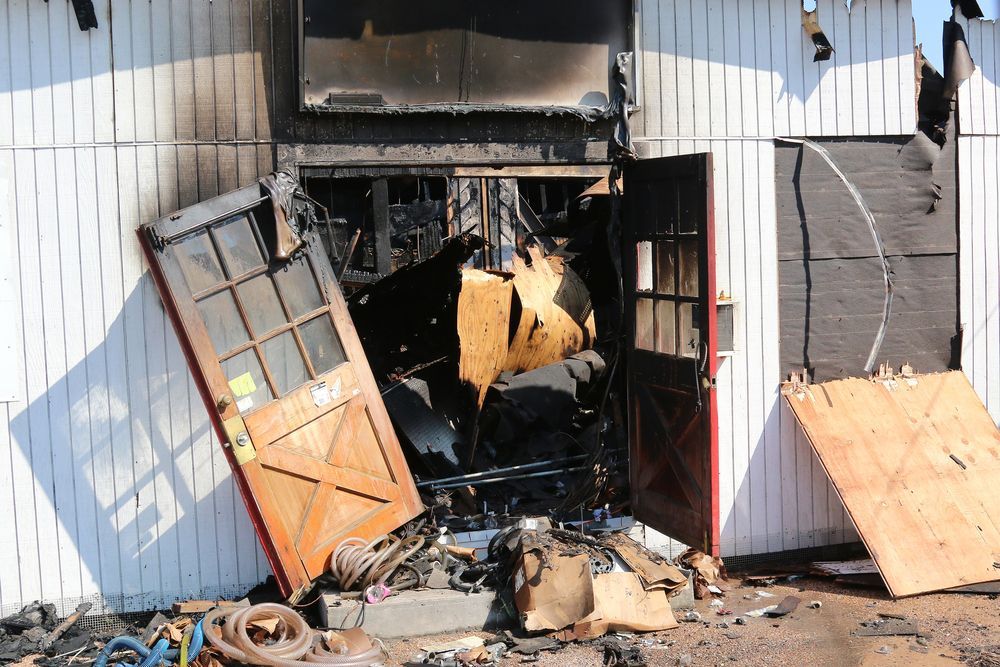Mold and Mildew Identification, Can you tell the difference?
Do you know the difference between mold and Mildew in Peyton?
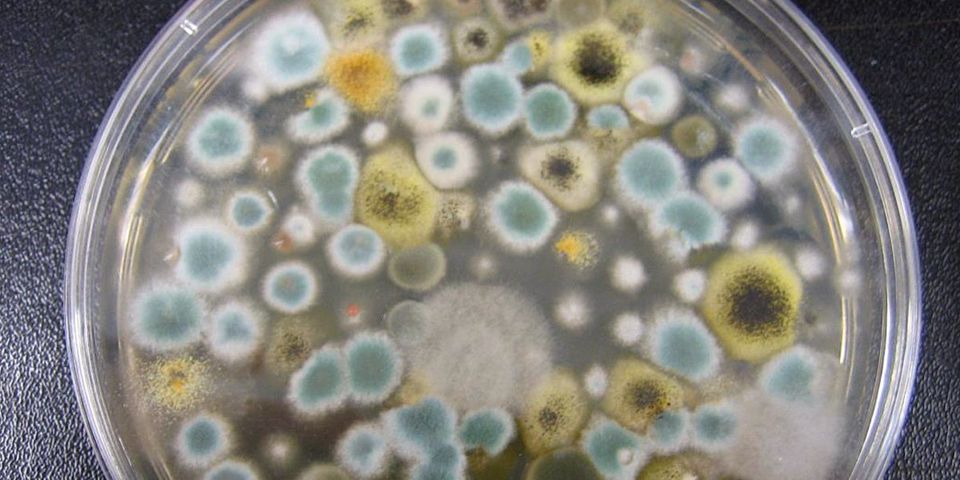
Dampness and mold exposure account for 25% of all asthma cases in the U.S. Moist areas in the home often contain Mildew which is a gray or white fungus and is mostly harmless. Mold, on the other hand is usually green or black and cause allergies, fatigue, nausea and serious respiratory illness. The combination of dampness and mold raises the asthma cases to 50%. Can you tell the difference between mildew and mold?
How can you determine the difference between mold and mildew?
Fungi color is the easiest way to figure out if you are seeing mildew or mold. Gray or white fungus is usually mildew and by using a scrubbing brush and a special cleaner can be removed without too much trouble. Mold can be a variety of colors including, green, black, yellow, red, and pink. Leaving a mold infestation unattended can cause structural damage to your home and cause serious health problems. If the mold is green or black, it’s usually a sign of a bigger infestation and will begin to affect the health of you and your pets. Catching the mold early will be cheaper to eradicate.
Mold needs to be remediated by specialists that are trained using safe removal methods, especially since there are 10,000 known types of indoor mold.
Below are 5 of the most common types.
Altenaria is found in water damaged buildings in moist places, such as around windows (from condensation or water leaks) under sinks, in showers and on doors and walls. It is usually dark brown, gray or black and has a stringy woolly texture. Exposure to this mold can increase allergic reactions leading to breathing issues and asthma attacks.
Aspergillus is the mold found in most homes and can appear in many colors, such as, green, white, yellow, gray, black and brown and grows on anything made of wood products like paper products, insulation, and walls. Commonly referred to as just Asper, increased exposure can cause allergic reactions, lung infections, asthma attacks, fever, and coughing up blood. Asper is especially dangerous to people with compromised immune systems.
Cladosporium grows in cooler areas and likes fabrics such as curtains, carpets and wood surfaces like floorboards and cabinetry and appears dark green or black. It can cause severe respiratory issues and allergies, and infections of the skin and nails. This mold not quite as toxic to humans.
Penicillium likes low humidity and is often attributed to food spoilage, but can grow on furniture, insulation, carpeting, mattresses, wallpaper and other home furnishings. It is usually blue or green in color and produces an unpleasant odor and spores can easily spread from room to room in your home. Lung issues like asthma and allergic reactions are associated with this mold and can be severe over time.
Black Mold is labeled black mold because of its color and its extreme toxicity and considered the most dangerous household mold. The airborne toxic spores can cause very serious illness from breathing difficulties, allergy symptoms, chronic fatigue, fever and headaches. This mold smells similar to dirt or rotting leaves and is dusty and loves warm and humid areas of the home. Black mold is typically found in crawlspaces, basements and air conditioning ducts.
If you suspect mold in your home, Restoration 1 Peyton can do visual inspections, infrared inspections and an air quality test to determine if you have an infestation. We can assess the damage, give you a detailed quote and start remediation to rid your house of mold and takes measure to prevent it from coming back.

